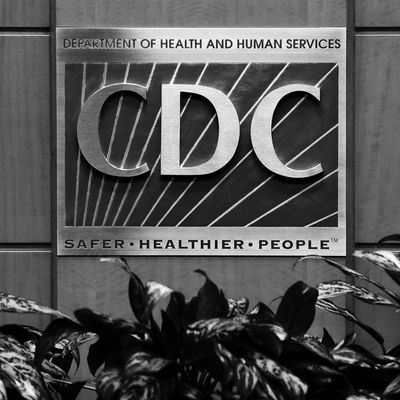
On the heels of a devastating week, in which news broke that both Kate Spade and Anthony Bourdain died by suicide, the CDC has released a new report which found that suicide rates are on the rise across the country, classifying suicide as a leading cause of death in the United States.
Since 1999, suicide rates increased by 30 percent in more than half of U.S. states, several of which saw increases well beyond that — in North Dakota, the suicide rate rose by 57.6 percent.
In 2016 alone, the CDC reports, nearly 45,000 Americans lost their lives to suicide, and more than half of that number did not have a known mental-health condition at the time of death. This statistic speaks to the impossibility and impracticality of attributing any one “cause” for a given suicide — among contributing factors, the CDC lists mental illness, problematic substance use, personal relationships, employment and/or financial stress, and physical health problems. Suicide cannot be prevented by increased awareness alone, nor is it a problem which can be relegated to the mental-health-care system.
In its report, the CDC lists a number of recommended structural and policy changes, including the provision of financial aid to aid those most at risk of stresses incurred by homelessness and unemployment, internet and phone-based health care for communities without access to health services, employer education, increased community involvement, and school-taught coping mechanisms for relationship issues and other common stressors. As such, experts recommend treating suicide as a public-health crisis.
The CDC report includes 12 common warning signs of depression, as well as five steps anyone can take to help someone at risk, all of which are essentially variations on communicating your concern, and asking if, and how, you can help. For additional resources on suicide prevention, visit bethe10.com, and if you need help, the National Suicide Prevention Lifeline is 1-800-273-8255. Significantly, while these are important resources, they’re ones which place the onus of prevention on the individual. And as the CDC data shows, suicide prevention is a growing, collective problem.


